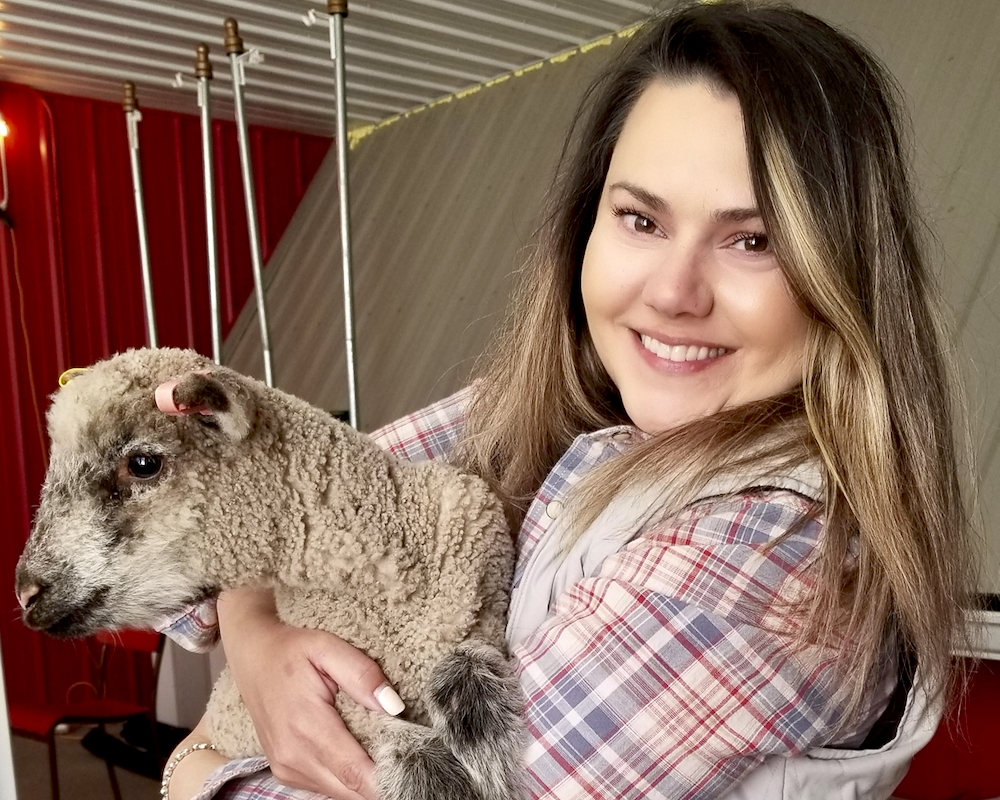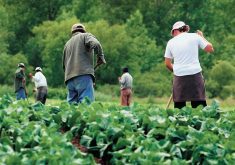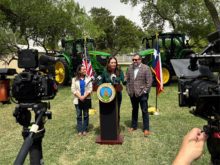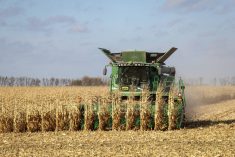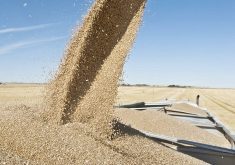It’s a simple equation: federal cash for green initiatives goes to those farmers who apply for it.
Already this year, the $18-million Agricultural Clean Technology program stopped taking applications because of high demand.
Up next is the $185-million On-Farm Climate Action Fund, which will help pay for costs for improving nitrogen management, cover cropping and rotational grazing practices.
Read Also
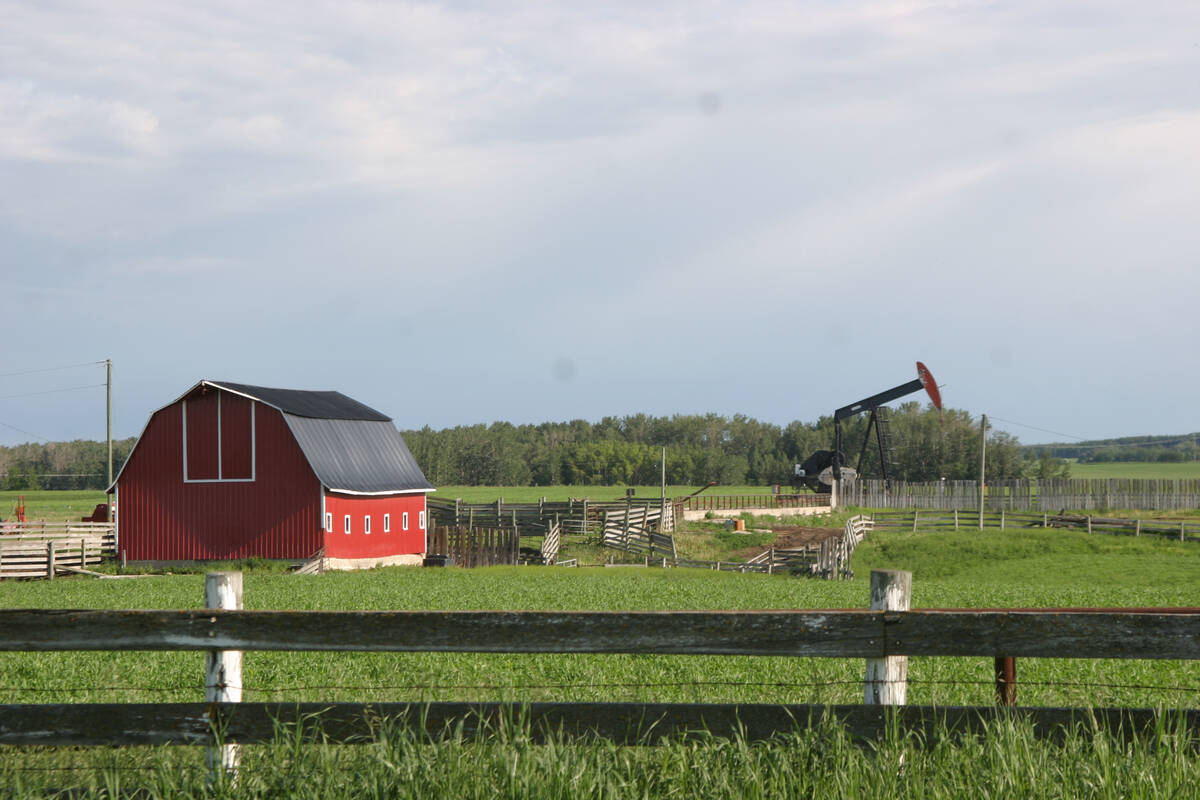
Recommendations in the mature assets strategy could cause potential problems for landholders
The Western Stock Growers’ Association urges producers to pay attention to the potential changes to Alberta’s Mature Assets Strategy.
While the date for applying hasn’t been announced yet, now is the time to consider what you might want to apply for and how you’re going to do it (even though application details remain scarce).
“The producers who are looking for opportunities to implement some of the best management practices have already been thinking about it and kind of have a vague idea of what they would like to see on their farms,” said Tatyana Irodenko, office manager for the Grey Wooded Forage Association.
“When RDAR does announce the details, things are going to happen really quickly. Get your applications in — there won’t be a lot of time to think about it so you want to act right away.” RDAR (short for Results Driven Agriculture Research) will be handling much of the $33 million slated for Alberta, although other organizations are also involved. (For details on this and the program in general, go to the Government of Canada website)
Successful applicants will be eligible for 85 cents on the dollar (up to $75,000) for things such as water infrastructure and fencing (for rotational grazing), equipment modifications and agronomic services (for 4R implementation) and a payment per acre for cover cropping.
Irodenko said she expects there will be more of these green incentives coming along.
“I definitely think they will continue in some form. I’m imagining they’re going to be reincarnated from funding cycle to funding cycle,” she said. “Producers should definitely jump at this chance because it is quite a significant amount of funding.”
But she’s frustrated when it comes to how these programs get rolled out. The On-Farm Climate Action Fund was promised in the government’s April 2021 budget, formally announced in January and “now we’re in June 2022 and we don’t have all the details on the program,” said Irodenko. “We’re losing a season and this is a three-year program.”
The lack of details also makes it hard to know if the program is a fit for your farm. For example, will you have to front the cash for an approved project or will you receive funding in advance?
“Our producers want to know how complicated or easy of a process it’s going to be,” said Irodenko. “What hoops do I have to jump through to actually take advantage of these programs?”
Producers can sign up for notifications about the On-Farm Climate Action Fund got to the Apply For Funding page at rdar.ca.


